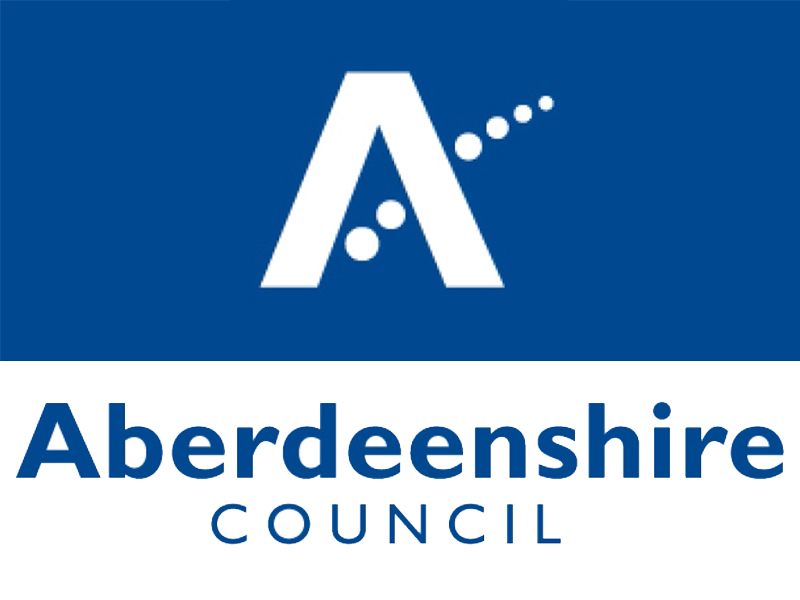A north-east council has bucked the trend by being the only Scottish local authority to increase its workforce.
A new Accounts Commission report into local government shows that despite budget cuts, Aberdeenshire Council has not pushed for voluntary staff redundancies.
Instead the local authority has chosen to save money by not outsourcing any of the services offered to the growing Aberdeenshire population.
In a report to elected members, council service manager Amanda Roe says: “Many councils are now reporting gaps between their income and the cost of providing services and councils face tough decisions to balance their budgets.”
“Almost all councils have reduced staff numbers to help make savings, but this is not sustainable.”
She adds the latest Audit Scotland report “highlights” Aberdeenshire Council for not slashing staff numbers.
Figures show Scottish councils have reduced their workforce by around 12% since 2008, from 228,700 to 201,500.
Only Aberdeenshire Council has increased its workforce in the past seven years, from 9,200 to 10,000.
The local authority has put this down to an increased demand in services as a result of a 5% increase in the population of Aberdeenshire since 2010 and because no services have been outsourced.
Accounts Commission chairman Douglas Sinclair said: “For the last five years councils have had to cope with managing austerity, reducing resources, increasing demand for services, and ever increasing public expectations.
“The Accounts Commission recognises the achievements of councils – both councillors and officers – in meeting these challenges to date.”
Mr Sinclair added he hoped councillors would use the report to find the best “value for money” for local residents.
The findings will be discussed by elected members at a meeting of full council on Thursday.
